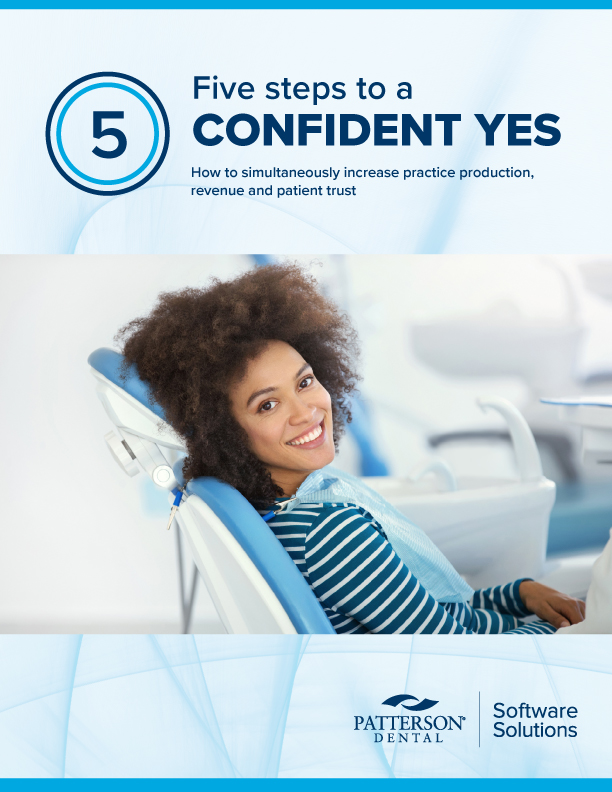Giving back: Choosing the dental public health route
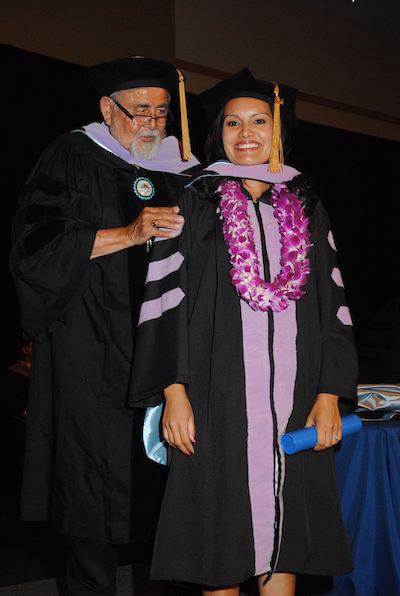
As a first-generation college student and first dentist in her family, Lisa Begay, D.M.D., knows what it’s like to overcome obstacles.
Growing up on the Navajo reservation in Oak Springs, Arizona, she faced extreme poverty and saw firsthand the importance of oral and overall health.
“The nearest health care facility was 30 miles away. That may not seem far for some, but it was quite a distance for community members without transportation or families with limited resources,” Dr. Begay said. “Many of my relatives struggled with their oral health. Rampant caries, dental pain and periodontal disease were very common.”
She decided to become a dental hygienist, but the plan always was to become a dentist. Getting herself ready academically and learning to navigatescholarship and financial aid applications were hurdles she faced.
After graduating from the University of New Mexico in 2004, Dr. Begay worked at the Albuquerque Indian Dental Clinic for six years before starting dental school at the Arizona School of Dentistry & Oral Health at A.T. Still University. She received Indian Health Service scholarships for both dental hygiene and dental school.
“I still remember the day I left home, I was anxious about what lay ahead,” she said. “I only had $100 in my pocket and dreams for a better life. I knew this was my only shot so I better succeed.”
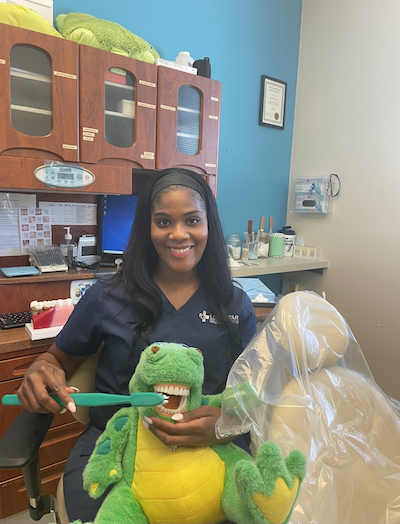
After earning her dental degree in 2014, she returned to the Albuquerque Indian Dental Clinic and spent five years there before moving on to the Canoncito Band of Navajos Health Center in To’hajiilee, New Mexico, whereshe is currently the center’s chief dental officer.
“I have experienced both sides of public health – being a patient who received care from the Indian Health Service and being the provider,” she said. “My experience had a profound effect on my decision to pursue a dental degree and return to the Native community. I wanted to establish more preventative care and help patients establish a dental home.”
The Canoncito Band of Navajos Health Clinic is a tribally run clinic that provides comprehensive dental care to more than 3,000 American Indian patients ranging from 6 months to 98 years of age. Though the dental clinic receives funding from the government, Dr. Begay said it has freedom to model the clinic based on the needs of the population and make decisions to make that a reality. The dental clinic also collaborates with the providers from the medical, behavioral health, pharmacy andoptometry departments.
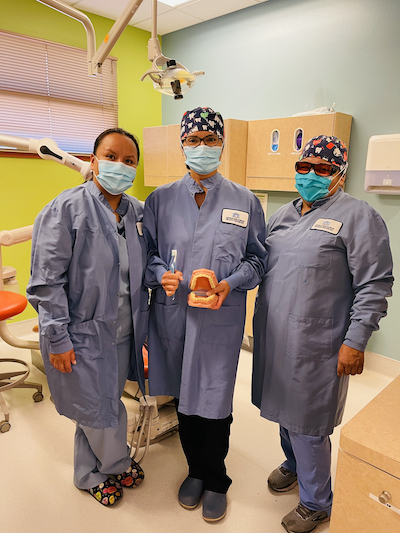
“Personally, I think there are many benefits of working for IHS or a tribal clinic,” she said. “The patients are incredible — they are thankful and appreciative for the services you provide. The more time you spend in the community, the patients start to embrace you.”
She also pointed to some of the benefits that IHS and tribal clinics offer, such as free continuing education, competitive wages, paid leave, retirement pension, 401K, malpractice insurance and life insurance. There is also the opportunity for student loan repayment.
Dr. Begay said she is thankful for the mentors who helped her get to where she is today.
“My experience made me realize how important mentorship is,” she said. “I am thankful for my guiding light and mentor, Dr. George Blue Spruce who is the first American Indian dentist. He had a long career in IHS and continues to mentor students to this day. I hope to carry on his legacy for future generations.”
Practicing at an FQHC
Working within dental clinics at federally qualified health centers, or FQHCs, are another way new dentists can give back to their communities.
Ashley McQueen, D.D.S., was 10 when she realized she wanted to be a dentist. Her aunt was an office manager for a dental practice and she got the opportunity to shadow the dentist.
“I was able to watch over his shoulder and see what a day in the life was like as a dentist and I just grew a passion for the profession,” she said.
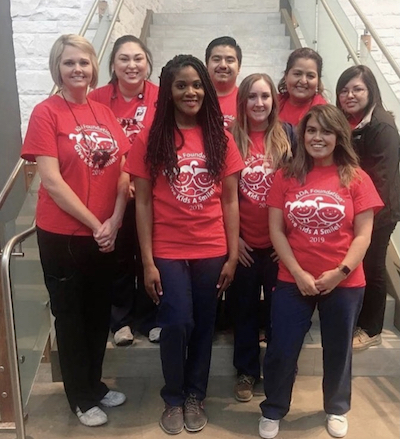
She was so passionate she even treated her fifth-grade class to a presentation on the anatomy of a tooth.
“It was pretty intense, but I enjoyed it,” she said.
Dr. McQueen’s interest in public health began at the Howard University College of Dentistry and during a subsequent General Practice Residency at Bronx Lebanon Hospital in New York.
“The amount of gratitude and gratefulness that these patients express after receiving dental treatment gave me such a great feeling of fulfillment and purpose,” Dr. McQueen said. “I decided I wanted to provide my talent and services to those most in need.”
To do that, she returned to her hometown of Houston, Texas, and began working at the Lonestar Family Health Center, an FQHC in nearby Conroe. The center treats dental patients of all ages and provides comprehensive services such as cleanings, restorations, extractions and dentures on a sliding fee scale, which she helped implement.
“I love where I work because we have a state-of-the-art design with advanced equipment,” said Dr. McQueen, who was promoted to dental director in 2015. “We pride ourselves on providing a welcoming and warm environment in which our patients can feel comfortable and relaxed while receiving high quality dental care.”
The FQHC also hosts and participates in outreach events to educate the surrounding community about the importance of proper oral health care.
“Working for a FQHC can be rewarding in knowing you are making a difference in people’s lives and, in most cases, improving their quality of life by decreasing the incidence and occurrence of oral disease,” Dr. McQueen said.
For more information on working in public health settings, visit the Health Resources and Services Administration Health Workforce Connector .
For information about working within the Indian Health Service, visit the IHS website



